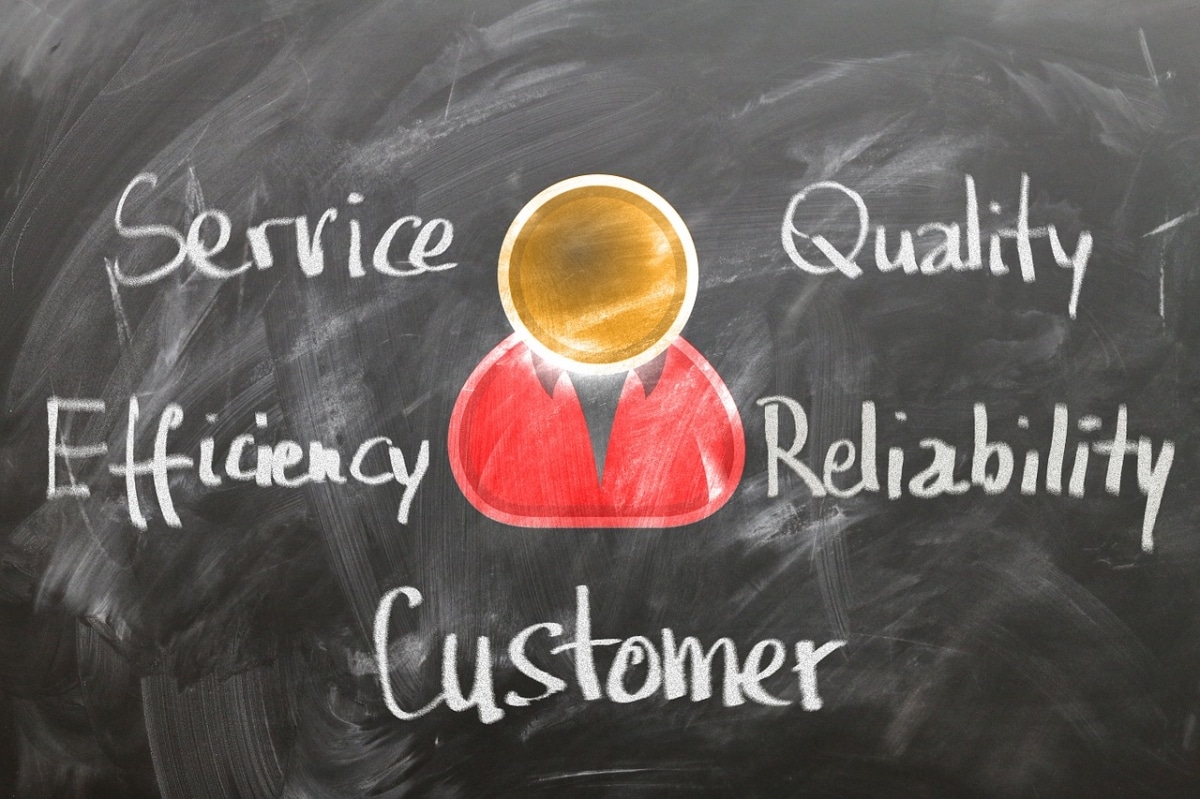
Modern consumers expect outstanding and immediate support. As a result, brands are now challenged to be everywhere their customers need them to be – including social media, mobile app, phone, email, and live chat. Here’s how to offer brilliant support across all the channels.
What is omnichannel customer service?
Omnichannel support is all about being there for your customers on all the channels they use. In today’s world, it becomes necessary rather than optional – especially since consumers expect outstanding and immediate support. There’s nothing wrong with that, apart from the fact that they can easily get frustrated and almost immediately switch to another company if they don’t get what they want.
Nonetheless, giving your customers a chance to contact your company in numerous ways can be challenging if you actually want to provide a seamless experience across channels. Each communication channel is different and offers a type of support that might be preferred in certain situations. This makes it difficult to always provide adequate service across all channels – but it’s definitely worth the effort.
As a matter of fact, companies with strong omnichannel customer engagement see a 9.5% year-over-year increase in annual revenue and a 7.5% decrease in cost per contact, according to research conducted by Aberdeen Group. Given these numbers, it might be high time for your company to start working on providing omnichannel support as well.
Benefits of omnichannel customer service
- Greater customer insights: practicing omnichannel customer service is akin to casting a wide net — you’ll be able to better understand your customers’ needs and behaviours and by extension attain a greater number of helpful customer insights.
- Increased customer satisfaction: receiving top-notch customer service across multiple channels is like being waited on at a fancy restuarant. Your customers will feel well taken care of, even pampered, which will no doubt increase their level of satisfaction with your business.
- Increased productivity of agents: tasking your agents with the provision of quality omnichannel support will certainly keep them busy, and they’ll be doing a great service for your company. Productive agents and satisfied customers, what could be better than that?
- Cost-saving: providing omnichannel support is really very cheap, especially when compared with the cost of hiring an external firm to design a multi-faceted customer service strategy. Simply craft an omnichannel support strategy for your existing workforce and watch your customer satisfaction metrics boom.
What channels to take advantage of when providing omnichannel support?
#1 Social media
As already mentioned, omnichannel support is all about being where your customers are. With almost 42% of the world’s population already having at least one social media account – social networks seem like a good place to start. Customer support via social media still appears to be neglected, though. It means, however, that once you offer outstanding support on social networks – you can easily stand out from the competitors. Plus, since 42% of consumers say that they are likely to submit a negative review on social media after experiencing poor customer service, it can truly make a difference for your brand.
#2 Live chat
Live chat is actually the fastest way for your customers to interact with you since all they have to do is to enter your website and simply start a conversation. It might be the reason why it’s often described as the leading digital contact method for online customers. You can take advantage of that by either have your customer support team available to answer the questions or develop a chatbot. If you think about it: chatbots are perfectly capable of minimizing frustrations by providing the real-time, on-demand support to your customers. After all, they are “triggered” by your customers, and ready to answer their questions at any given time.
#3 Mobile app
Since increasingly more people are using mobile devices and dedicated apps to browse websites and make purchases, offering customer support through those apps seems inevitable. At the same time, 90% of customers say that their experience with support on mobile was actually negative. Yet again, it means that it’s a good opportunity for your brand to stand out. First of all, you should make sure your website is mobile-friendly. If you already have an app dedicated to your services, though, it might be high time to enable sending messages or chatting with your support team directly through the app.
#4 Email
62% of companies do not respond to customer service emails – and they’re making a big mistake. Don’t just neglect emails because they are not the most innovative channel for offering customer support. As a matter of fact: Email can still work wonders, especially when it comes to customer retention. Provided that you actually invest some time and effort in this channel, that is.
#5 Phone
Even though there are multiple channels that can be used for customer support nowadays – the phone still remains the most used, and often preferred method for reaching support teams. Actually, the more complex the issue, the more likely customers are to seek out a phone conversation. That’s precisely why customers expect a lot from this channel. In fact, 67% of customers get frustrated and hang up when they can’t reach a customer service representative over the phone.
Omnichannel customer service best practices
So how can you ensure your omnichannel customer service strategy is up to snuff? Take a look at our best-practice recommendations, listed below.
- Have a clear strategy for all your channels. Once you pick your customer support channels, you can’t neglect any of them. Basically, the way you treat your customers should be the same, and also compliant with your branding – especially since 75% of today’s consumers expect a consistent customer service experience at every point of contact, no matter if it’s over the phone, in person, online, or on social networks. Make sure you know who are your customers and use proper email segmentation.
- Help your customers to find solutions themselves. Being able to resolve doubts without having to contact the support team is often desired – in fact, nearly ¾ of consumers prefer to use a business’ website to find a solution on their own. Make sure you at least include a Knowledge base and FAQ section on your site to allow your customers to find the answers more easily.
- Strive to respond as fast as possible. Even though customers’ resolution expectations vary by channel (59% of customers expect resolution within 30 minutes when contacting customer services by phone, 75% – within a day via email, and 52% within a day via social media), it’s important to react to all mentions and messages swiftly. If possible, we recommend adding a live-chat function on your company’s website for customers who need immediate assistance.
- Be proactive. If you use social media to offer customer support, you can also monitor social networks in search of any brand mentions and customers that might need your help or clarification. Remember that unsatisfied customers are likely to voice their opinion online, which is why you should be sensitive to any negative reviews out there.
- Don’t be afraid to experiment. Are you taking advantage of phone support? That’s brilliant – but you might also want to expand your horizons and try something different as well. Take text messaging, as an example. Interestingly enough, 52% of consumers said they would like to have the ability to reach out to a customer support agent via SMS, while 47% said that texting would improve their overall customer service satisfaction.
- Invest in the right tools and, if possible, integrate them. Support agents can perform much better when they have all relevant information about a given customer handy, which is much easier to achieve with a proper software. Plus, if you integrate all your tools, you can keep all the details on past interactions and resolved issues in one place.
Speaking of the right tools: No matter how big and complex you want your contact center to be, modern solutions like CloudTalk are designed to make it easier for you to start and maintain one. In fact, setting everything up and integrating all your tools is a matter of minutes You won’t have to switch between the systems – you’ll have everything in one place, which ultimately will help you start offering omnichannel support. Take advantage of the free trial and see it for yourself.
















